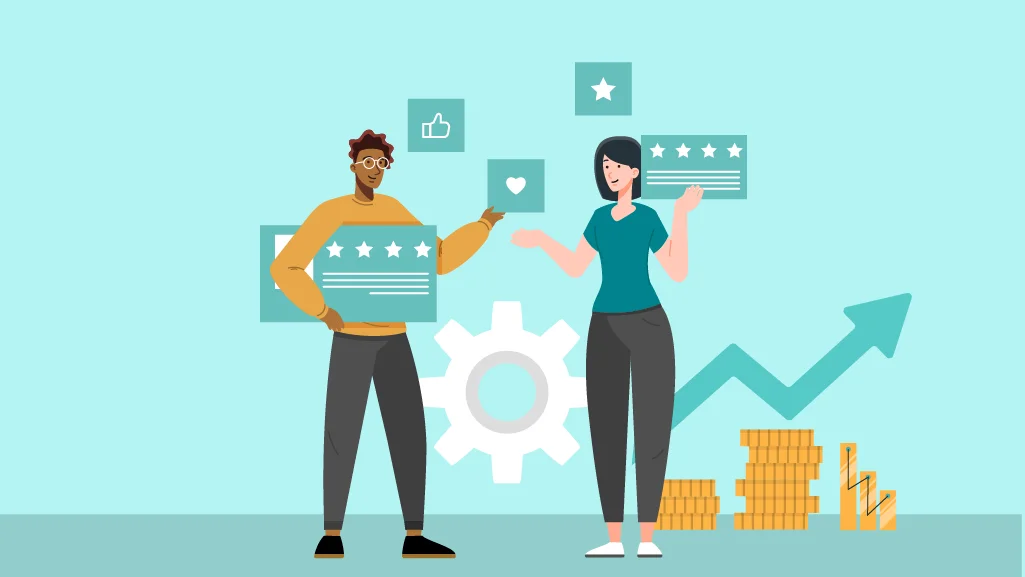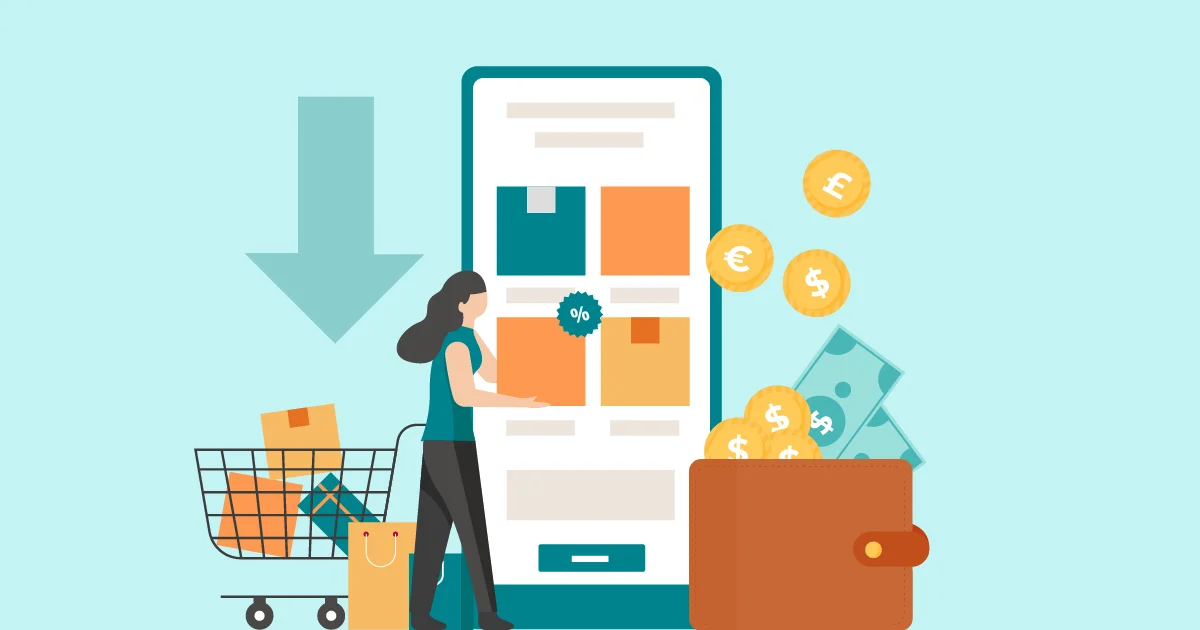
Customer loyalty programs aren’t just about keeping customers around anymore. They’ve quietly evolved into something much bigger, a powerful force that also helps boost employee engagement. As more companies adopt advanced tools like Agentic AI, a strong loyalty strategy does more than just retain customers. It creates a ripple effect: happy customers help build a steady, thriving business, and that success naturally inspires and motivates your team.
At a time when AI is changing how we connect with employees, loyalty programs are also reshaping how brands connect with customers. These programs are built to reward repeat customers and strengthen their connection to the brand. Over time, they play a significant role in creating a solid customer base, sustaining revenue growth, and supporting long-term business expansion.
What Is Customer Loyalty?
- Transactional Loyalty happens when customers stick around because of rewards or discounts. It's driven by perks that make repeat purchases feel worth it.
- Emotional Loyalty, on the other hand, runs deeper. It’s when customers feel a real connection to a brand; maybe they relate to its values, or they’ve had consistently excellent experiences that make them feel seen and appreciated.
Why Are Customer Loyalty Programs Important?
Customer loyalty programs play a significant role in helping a business grow and stay strong over time. They’re not just about perks; they make a real difference in how people see your brand and how often they return.
- Retention: They make it easier to keep your existing customers, which means fewer people leaving for competitors.
- Repeat Purchases: These programs encourage people to buy more often, boosting overall sales.
- Advocacy: Loyal customers often speak up for your brand, sharing their good experiences with others.
- Word-of-Mouth: When customers are happy, they naturally tell friends and family, which brings in new customers without you even asking.
Types of Customer Loyalty Programs
- Points-Based Programs: Customers collect points when they shop, which they can later trade for rewards or discounts.
- Tiered Memberships: The more customers spend or engage, the higher the tier they reach, unlocking better perks along the way.
- Gamified Programs: These add fun, game-like features to the experience, making Loyalty feel more interactive and exciting.
- Paid or Subscription Programs: Customers pay a fee to access exclusive deals, benefits, or VIP experiences.
- Community-based programs focus on building a sense of belonging, where customers feel part of something bigger than just a transaction.
What Influences Customer Loyalty?
- Product or Service Quality: When what you offer consistently works well and meets expectations, people are more likely to keep coming back.
- Customer Support: Great support goes a long way. When issues are handled quickly and kindly, trust is built.
- Personalization: When experiences, offers, or messages feel tailored just for them, customers feel seen, making them more loyal.
- Reward Structure: Clear, appealing rewards that don’t feel impossible to earn can keep customers engaged and motivated.
- Brand Connection: When people feel emotionally connected to a brand through shared values or great experiences, they are likelier to stay loyal.
How to Build a Customer Loyalty Program
- Define Your Goals: Be clear about what you want to achieve. Is it more repeat purchases? Better customer retention? Know your aim before you start.
- Choose a Program Model: Pick a style that fits your business and appeals to your customers, whether that’s points-based, tiered, or subscription-based.
- Set Point Rules: Make it easy to understand how customers earn and use their points. Simplicity keeps people engaged.
- Introduce Tiers: Give loyal customers a reason to stick around by offering more rewards as they reach new levels.
- Leverage Personalization: Use customer data to tailor rewards, messages, and offers so they feel personal and relevant.
- Enable Instant Gratification: Give out small, instant rewards to keep the excitement alive and the momentum going.
- Integrate with CRM Systems: Use a CRM to track behavior, preferences, and engagement to improve the program over time.
How to Manage a Customer Loyalty Program Effectively
Running a loyalty program well takes more than just good intentions; it’s about using the right tools and strategies to keep things smooth and meaningful for your customers.
- Use AI-Powered Tools: Smart tools can help you understand what your customers like and tailor the experience to match their needs.
- Enable No-Code Flexibility: Make it easy for anyone on your team to manage or update the program—no technical skills are needed.
- Launch Targeted Campaigns: Run campaigns that speak directly to different customer groups based on their interests and behavior.
- Offer Global Rewards: Choose rewards that appeal to a wide range of customers, no matter where they are or what they value.
- Customize UI: Keep the design simple and engaging so customers enjoy using the program without confusion.
How to Measure Customer Loyalty
- Net Promoter Score (NPS): This shows how likely your customers are to recommend your brand to someone else.
- Repeat Purchase Rate: Keep an eye on how many customers return to buy again; it’s a solid sign of Loyalty.
- Customer Lifetime Value (CLV): This tells you how much revenue one customer is expected to bring in throughout your relationship with them.
- Redemption Rate: Look at how often customers use their rewards. A high redemption rate usually means the program feels valuable to them.
- Engagement Metrics: Track how active your customers are. Do they log in regularly, open your emails, or check their points? That activity shows interest and connection.
Customer Loyalty Trends in 2025 and Beyond
- More innovative Personalization with AI: AI is getting better at understanding what customers want and when they want it. Expect experiences that feel tailor-made for each person.
- Game-Inspired Loyalty: Adding elements like challenges, levels, or rewards keeps things fun and gives customers a reason to stay involved.
- Mobile Comes First: More customers are managing their Loyalty through phones, so easy-to-use apps and mobile features will be more critical than ever.
- Emotional and Ethical Loyalty: People are choosing brands that care. Companies that reflect customer values and show social responsibility will build stronger bonds.






